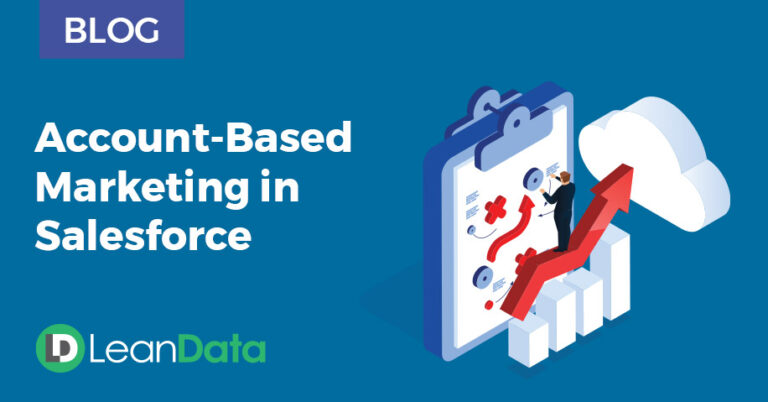The conversation around Account-Based Marketing (ABM) has grown louder over the past few years. However, amid all the buzz about ABM, there’s a critical element that often gets lost — strategy. Many ABM plans I come across tend to follow a familiar pattern:
- Step One: Invest in the latest technology.
- Step Two: Then figure out how to use it.
But this approach is backward. The technology is driving the strategy, not the other way around. As a seasoned Demand Generation professional, I firmly believe that Account-Based Marketing is about aligning sales and marketing teams to focus on the best-fit companies for your product. It’s not about over-complicating the process with unnecessary tools; it’s about crafting a clear plan that sales and marketing can execute together.
Getting Started with Account-Based Marketing
If you’re interested in ABM but hesitant to jump headfirst into the technology, you’re not alone. Maybe you want to trial Account-Based Marketing before making a significant investment, or perhaps your budget doesn’t allow for the latest ABM tools. The good news? You don’t need fancy software to start an effective ABM strategy. Here’s an example from my experience at a previous company, where we used only existing tools like our marketing automation platform and Salesforce to run an ABM campaign.
Crafting a Low-Tech ABM Strategy
Our Goal: Book 25 meetings in 13 weeks. This target was ambitious given that we focused on the Life Sciences industry, where the executives we aimed to engage — Chief Analytics Officers, Chief Data Officers, and VPs of Health Economics and Outcomes Research (HEOR) — are notoriously hard to reach.
With a limited budget, we designed an Account-Based Marketing strategy that didn’t rely on new tools but instead leveraged our existing resources. Here’s how we made it happen:
Coordination between Sales and Marketing
The key to ABM is collaboration. We worked closely with our sales team to build a list of 500 target accounts, focusing on around seven key decision-makers at each company — giving us about 3,500 contacts. We used tools like CRUSH Reports for organization charts and Leadspace for contact details.
Personalized Messaging
Our marketing team developed targeted outbound messages, segmented by persona and industry (e.g., pharmaceuticals and medical devices). These messages were customized by our SDRs to ensure each prospect received relevant and personalized communication, from emails to follow-up phone calls and social media outreach via LinkedIn and Twitter.
Data-Driven Decision Making
After sending emails, we gathered data to prioritize follow-up efforts. We categorized recipients into three groups:
- Engaged prospects who downloaded content.
- Passive openers who opened the email but didn’t engage further.
- Non-responders who didn’t engage at all.
By focusing on the first group — those who showed real engagement — we maximized our SDRs’ time and efforts, avoiding wasted efforts on unresponsive leads.
Iteration and Continuous Improvement
We held daily, 15-minute huddles between sales and marketing to review our progress and tweak our strategy. The feedback helped us refine our messaging and ensure we were delivering value to the right prospects.

ABM Results: The Impact of Strategy Over Technology
Our campaign, which we called the “25-13” campaign, exceeded expectations. We booked 56 meetings with VP-and-higher-level executives — more than double our goal. The success of this Account-Based Marketing effort highlighted the importance of strategy over technology. The close cooperation between sales and marketing made the difference.
The Role of Technology in Account-Based Marketing
While technology can enhance ABM efforts, it’s not a substitute for strategy. Yes, tools that help target impressions towards ideal personas can provide value, but your ABM strategy should come first. Only after testing your strategy should you explore technology solutions that address specific challenges.
One example of a tool that can help scale your ABM efforts is LeanData’s lead-to-account matching and routing solutions, which can serve as the backbone of a successful ABM strategy. However, it’s important to remember that no marketer needs to wait for a technology stack to start executing Account-Based Marketing.
Conclusion: Start Small, Grow Big with ABM
For companies new to Account-Based Marketing, my advice is to start with the resources you already have. Build your ABM playbook, test your strategy, and see where technology might add value later. With a smart plan in place, you’ll be well on your way to ABM success — no extra tools required.
This version improves SEO by naturally integrating the keywords “Account-Based Marketing” and “ABM” throughout the content while emphasizing the strategy behind ABM.









